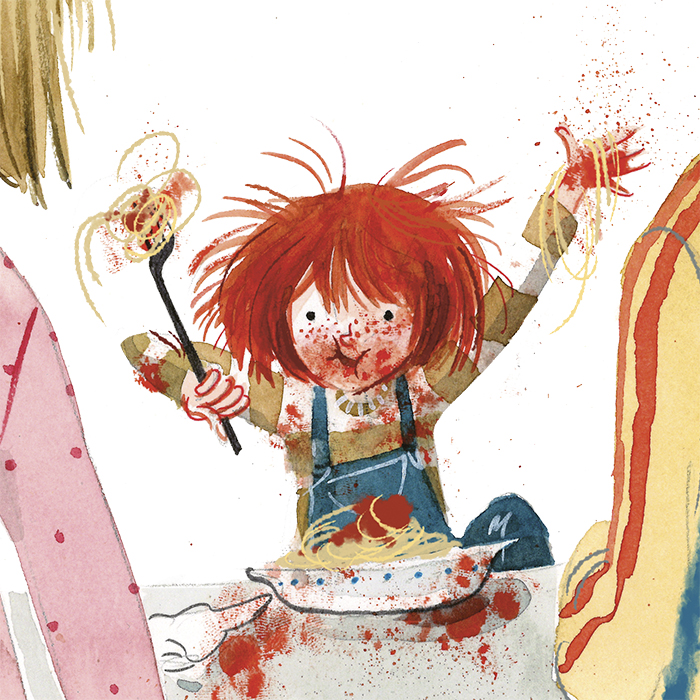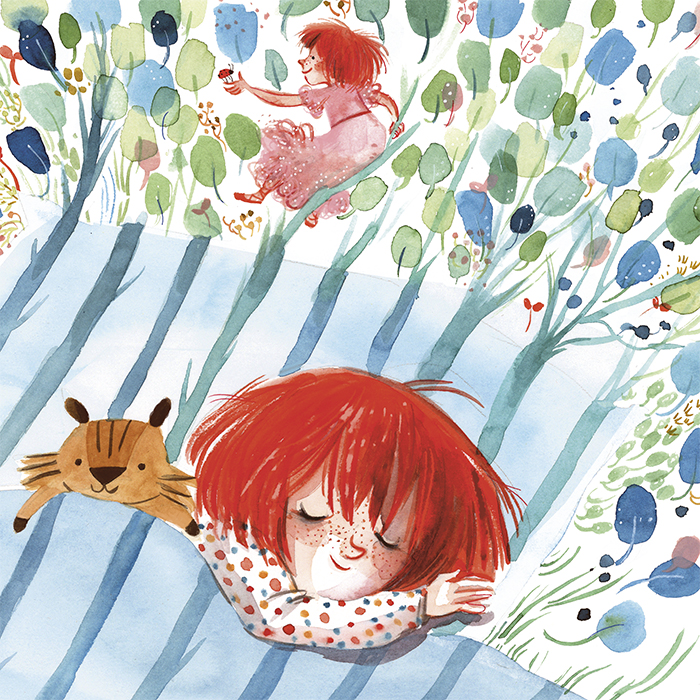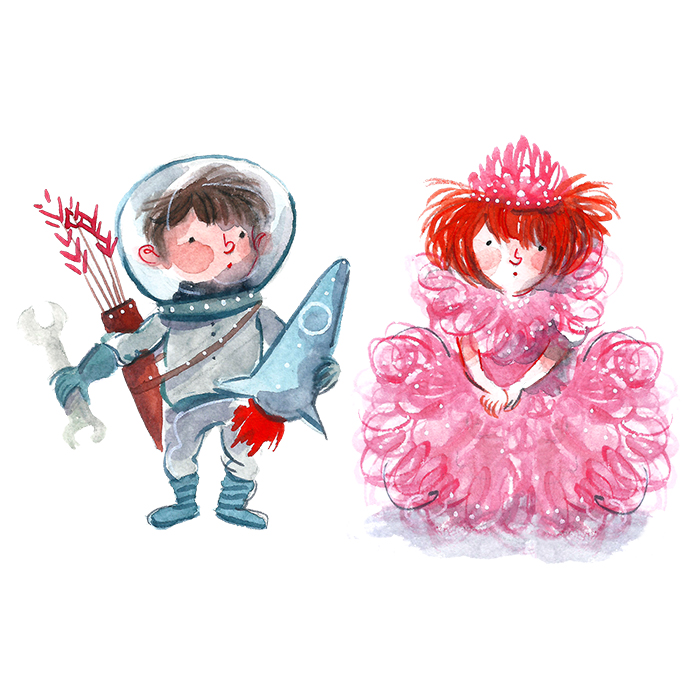 EN
EN
 PT
PT

A day in the life of Anna, a cheerful and lively girl, who shows us how you can live your personality in a free and spontaneous way, beyond gender stereotypes
«I am wild» tells about an ordinary day in the life of Anna, a cheerful and lively girl with bright red hair, who is a real “wild child”.
Anna, in fact, does everything with great vitality, energy and exuberance. Every single event in her day becomes an opportunity for discovery and fun.
Some people say: “Anna is a tomboy!”. But no! Anna is simply a child who expresses her own personality freely and spontaneously and spontaneously.
An enjoyable story for girls and boys ages 3 to 6, it is a useful tool for reflecting on gender stereotypes.
This illustrated story book is accompanied by an easy-to-use guide by the author with reading advice for the adult.
The character Anna
Anna is a child with a great amount of energy and exuberance, who likes to do things “wildly”: from getting dressed, to playing, to cycling, to reading … She is not a heroine with abilities and preferences out of the ordinary, nor is she a child who wants to be “different” from the others.
Anna is simply a child who has the opportunity to explore the world without any constraints related to her gender.

A day in the life of Anna
We are often used to thinking that there are games, activities and behaviours that are more suitable for females and others that are more suitable for males.
The book tells about an ordinary day in Anna’s life, from when she wakes up in the morning to when she falls asleep in the evening while looking at a beautiful book. In the closing scene, Anna is shown sleeping blissfully while dreaming of being a princess with shining robes.
The final message of the story is an invitation for children to experiment with all sides of their character. Anna is not only wild, she is also affectionate, reflective, a dreamer, and much more.

Gender stereotypes
We are often used to thinking that there are games, activities and behaviours that are more suitable for females and others that are more suitable for males.
The sexual differentiation of male and female roles takes place very early: from early on in childhood, girls and boys learn that there are things for “boys” and things for “girls”.
However, gender stereotypes and categorizations are harmful and limiting because they limit the choice of each individual within predefined categories, limiting personal passion and individual talents. Working on the imaginary becomes an extremely useful operation for disassembling the rigidity of gender tracks, broadening the fields of action and offering girls and boys the opportunity to imagine themselves in a variety of different outfits and roles, to better express themselves and try to identify their own way.

The authors
Irene Biemmi is a researcher in social pedagogy at the University of Florence, trainer and author of books for children. In her role as a pedagogist, she studies the processes linked to the construction of female and male identity and teaches courses to raise awareness in the school world about gender culture and equal opportunities.
Ilaria Urbinati, illustrator, she is a professor at the Institute of Applied Arts and Design and at the Scuola Holden, where she teaches illustration and painting techniques.
Here is a sneak peak at some pages of the book